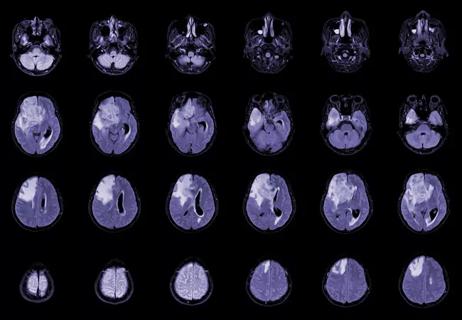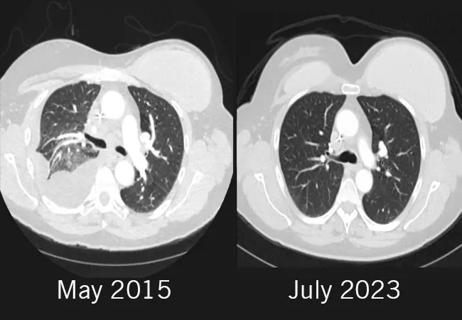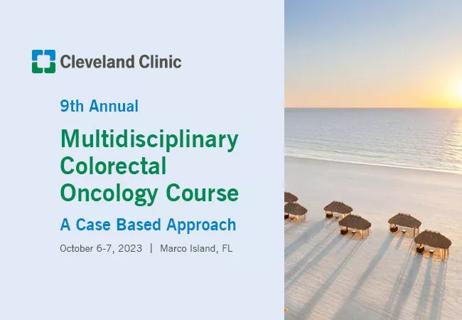Reducing time to treatment is good for patients and the healthcare system

Physicians and patients don’t always agree on which outcomes are most important in cancer care. An example is the amount of time it takes to initiate treatment after a solid tumor diagnosis. Shortening the time-to-treat interval wouldn’t impact the medical outcome in the view of most oncologists, but to an anxious cancer patient, any wait is too long. And with medical value (and reimbursement) increasingly tied to delivery of patient-centered, timely care, the oncology community must embrace initiatives to quantify and improve these issues.
Advertisement
Cleveland Clinic is a non-profit academic medical center. Advertising on our site helps support our mission. We do not endorse non-Cleveland Clinic products or services. Policy


In this viewpoint article in the Journal of the National Comprehensive Cancer Network, Cleveland Clinic Taussig Cancer Institute Chairman Brian J. Bolwell, MD, and Vice-Chair for Clinical Services and Strategy Alok A. Khorana, MD, make the case for value-based, patient-focused cancer care and describe Cleveland Clinic Cancer Center’s initial efforts to shorten time to treatment using integrated practice techniques.
Photo Credit: ©Russell Lee
Advertisement
Advertisement

Timing and type of side effects differ greatly from chemotherapy

Dedicated multidisciplinary teams support 84 ultra-rare cancers

Sessions explore treatment advances and multidisciplinary care

New research from Cleveland Clinic helps explain why these tumors are so refractory to treatment, and suggests new therapeutic avenues

Combination of olaparib and carboplatin results in complete durable response for a patient with BRCA2 and “BRCAness” mutations

Early communication between oncologists and ophthalmologist warranted

Case-based course delves into latest treatment approaches

Long-term relationship building and engagement key to gaining community trust